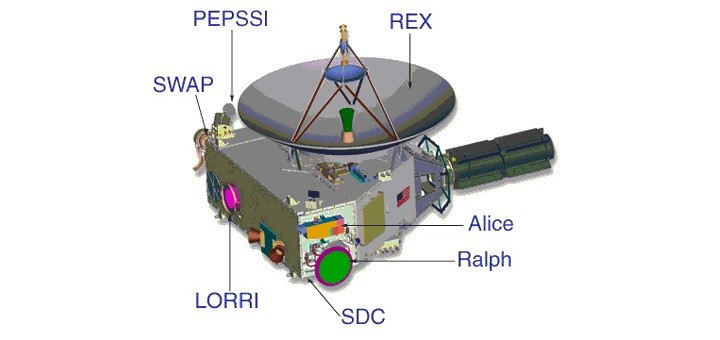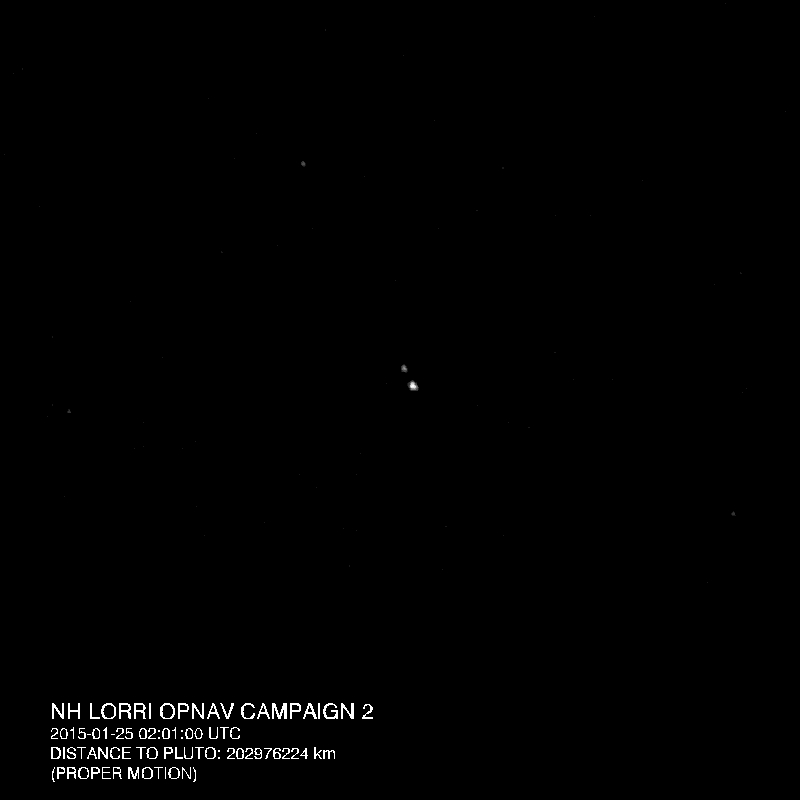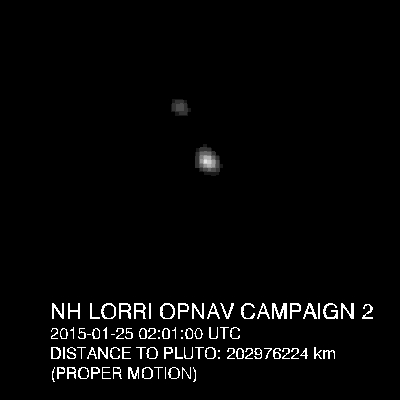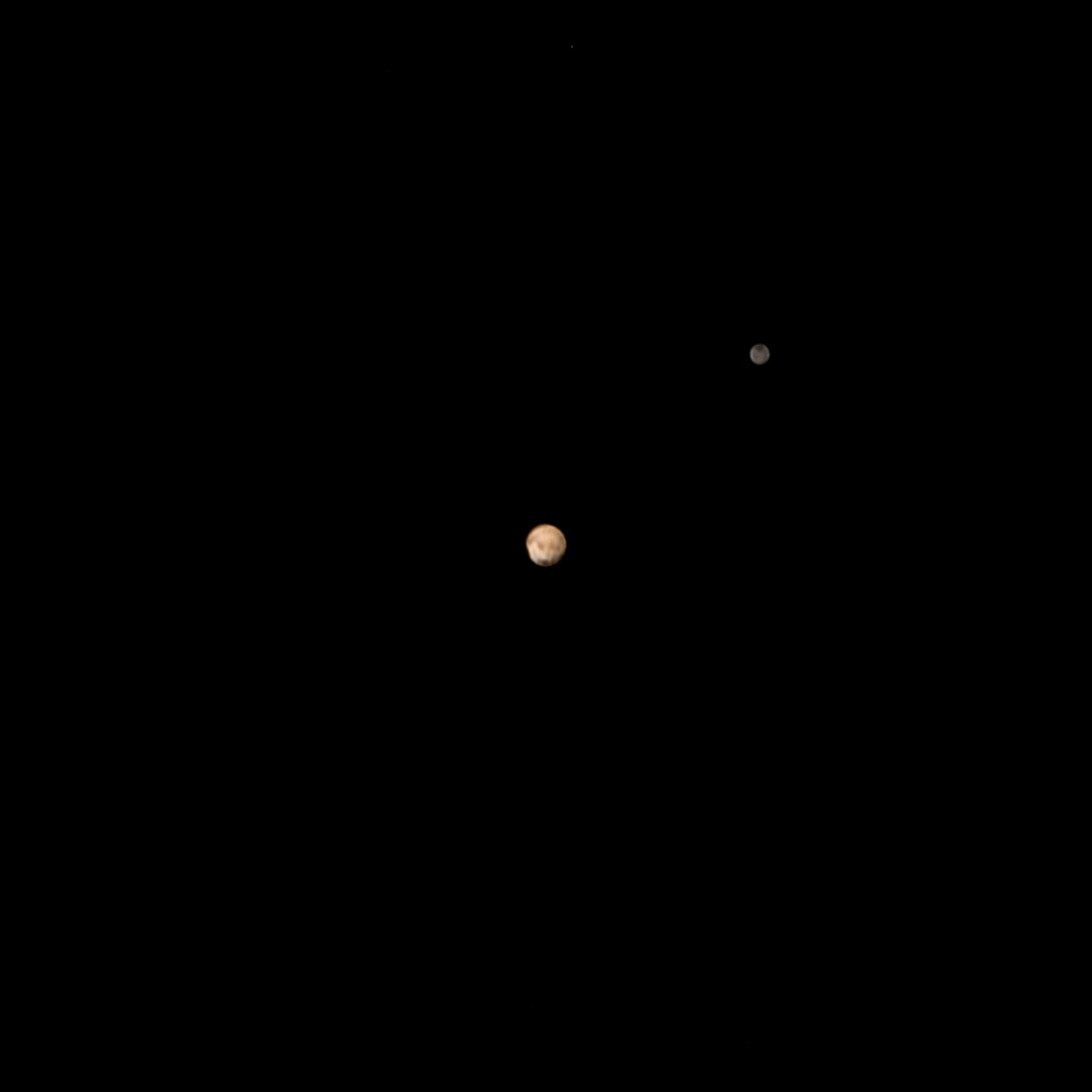NASAs New Horizons is bringing with it the ashes of Clyde Tombaugh its discoverer as it cruises towards the now dwarf-planet or plutoid. The probe will be close enough on January 15 to start observing Pluto.
Clyde Tombaugh discovered the ice and rock-laden Pluto in 1930 and one of his final requests was that his ashes be sent into space. Tombaugh died on January 17, 1997. Fulfilling that wish NASA has fitted the upper deck of New Horizons probe with a small container containing Tombaughs ashes.
Interned herein are remains of American Clyde W. Tombaugh, discoverer of Pluto and the solar systems third zone', reads the inscription on the container.
Since its discovery, little is known about Pluto and the mission is hoping to find answers to fundamental questions about the 9th of our Solar System. New Horizons will be sending back close-up pictures of Pluto and information obtained from observing Pluto could also help explain the origin of life on Earth as it is believed that Kuiper belt may have delivered organic molecules, which sparked life on Earth.
Initially Pluto was classified as a planet, but in 2006 it was downgraded to a dwarf-planet or plutoid and since then it is known as asteroid number 134340. Despite this downgrade, scientists at NASA say that the New Horizons mission is incredibly important for the fact that it will be the first time ever that we will be able to observe Pluto and its giant moon Charon from this close.
New Horizons will begin a slow fly-past in the summer, sampling the solar wind, magnetic field, dust and atmospheric conditions and on July 14 it will be the closest to the planet. NASA says that the images sent over by New Horizons when it is closest to Pluto will knock your socks off.
As far as scientific instruments go, New Horizons packs a compact multicolour camera, advanced imaging infrared and ultraviolet spectrometers, two powerful particle spectrometers, a high-resolution telescopic camera, and a space-dust detector.

The Payload
Ralph This is the Visible and infrared imager/spectrometer that provides color, composition and thermal maps.
Alice This is an Ultraviolet imaging spectrometer that will analyze composition and structure of Plutos atmosphere and look for atmospheres around Charon and Kuiper Belt Objects (KBOs).
REX (Radio Science EXperiment) REX measures atmospheric composition and temperature and is also a passive radiometer.
LORRI (Long Range Reconnaissance Imager) LORRI is a telescopic camera that will obtain encounter data at long distances, map Plutos farside while also providing high resolution geologic data.
SWAP (Solar Wind Around Pluto) This is the Solar wind and plasma spectrometer that will measure atmospheric escape rate and observe Plutos interaction with solar wind.
PEPSSI (Pluto Energetic Particle Spectrometer Science Investigation) PEPSSI is an energetic particle spectrometer that will measure the composition and density of plasma (ions) escaping from Plutos atmosphere.
SDC (Student Dust Counter) SDC is built and operated by students and measures the space dust peppering the New Horizons throughout its voyage across the solar system.
Clyde Tombaugh discovered the ice and rock-laden Pluto in 1930 and one of his final requests was that his ashes be sent into space. Tombaugh died on January 17, 1997. Fulfilling that wish NASA has fitted the upper deck of New Horizons probe with a small container containing Tombaughs ashes.
Interned herein are remains of American Clyde W. Tombaugh, discoverer of Pluto and the solar systems third zone', reads the inscription on the container.
Since its discovery, little is known about Pluto and the mission is hoping to find answers to fundamental questions about the 9th of our Solar System. New Horizons will be sending back close-up pictures of Pluto and information obtained from observing Pluto could also help explain the origin of life on Earth as it is believed that Kuiper belt may have delivered organic molecules, which sparked life on Earth.
Initially Pluto was classified as a planet, but in 2006 it was downgraded to a dwarf-planet or plutoid and since then it is known as asteroid number 134340. Despite this downgrade, scientists at NASA say that the New Horizons mission is incredibly important for the fact that it will be the first time ever that we will be able to observe Pluto and its giant moon Charon from this close.
New Horizons will begin a slow fly-past in the summer, sampling the solar wind, magnetic field, dust and atmospheric conditions and on July 14 it will be the closest to the planet. NASA says that the images sent over by New Horizons when it is closest to Pluto will knock your socks off.
As far as scientific instruments go, New Horizons packs a compact multicolour camera, advanced imaging infrared and ultraviolet spectrometers, two powerful particle spectrometers, a high-resolution telescopic camera, and a space-dust detector.

The Payload
Ralph This is the Visible and infrared imager/spectrometer that provides color, composition and thermal maps.
Alice This is an Ultraviolet imaging spectrometer that will analyze composition and structure of Plutos atmosphere and look for atmospheres around Charon and Kuiper Belt Objects (KBOs).
REX (Radio Science EXperiment) REX measures atmospheric composition and temperature and is also a passive radiometer.
LORRI (Long Range Reconnaissance Imager) LORRI is a telescopic camera that will obtain encounter data at long distances, map Plutos farside while also providing high resolution geologic data.
SWAP (Solar Wind Around Pluto) This is the Solar wind and plasma spectrometer that will measure atmospheric escape rate and observe Plutos interaction with solar wind.
PEPSSI (Pluto Energetic Particle Spectrometer Science Investigation) PEPSSI is an energetic particle spectrometer that will measure the composition and density of plasma (ions) escaping from Plutos atmosphere.
SDC (Student Dust Counter) SDC is built and operated by students and measures the space dust peppering the New Horizons throughout its voyage across the solar system.
















